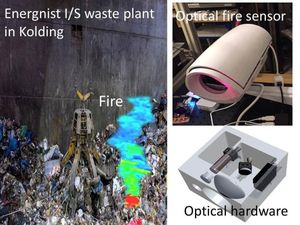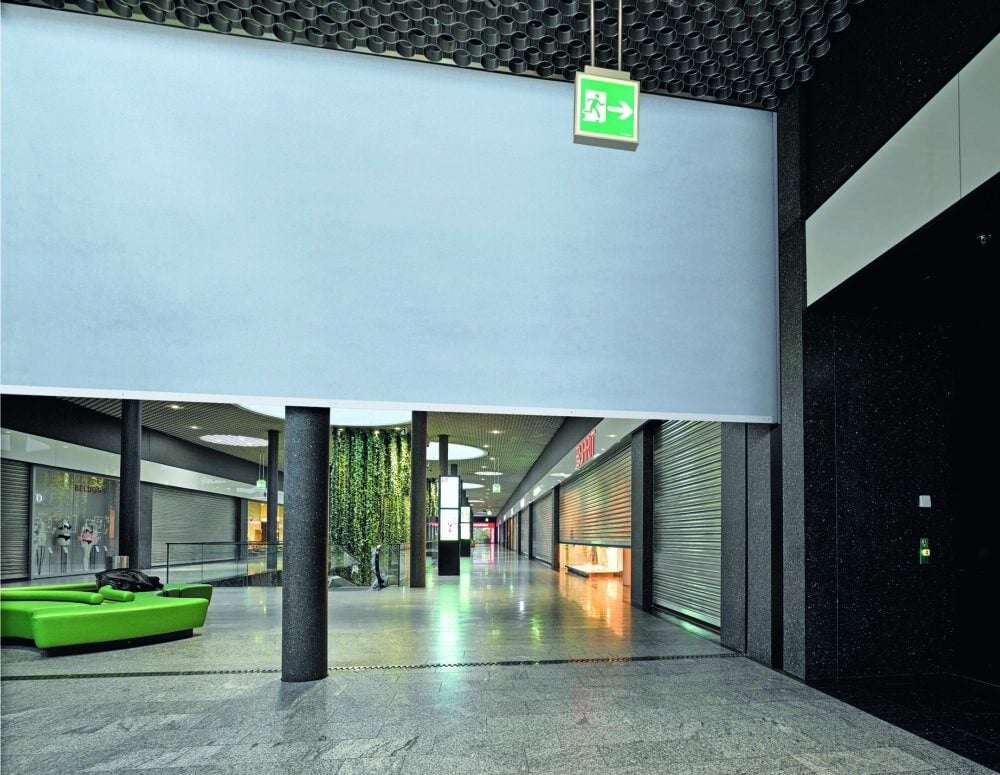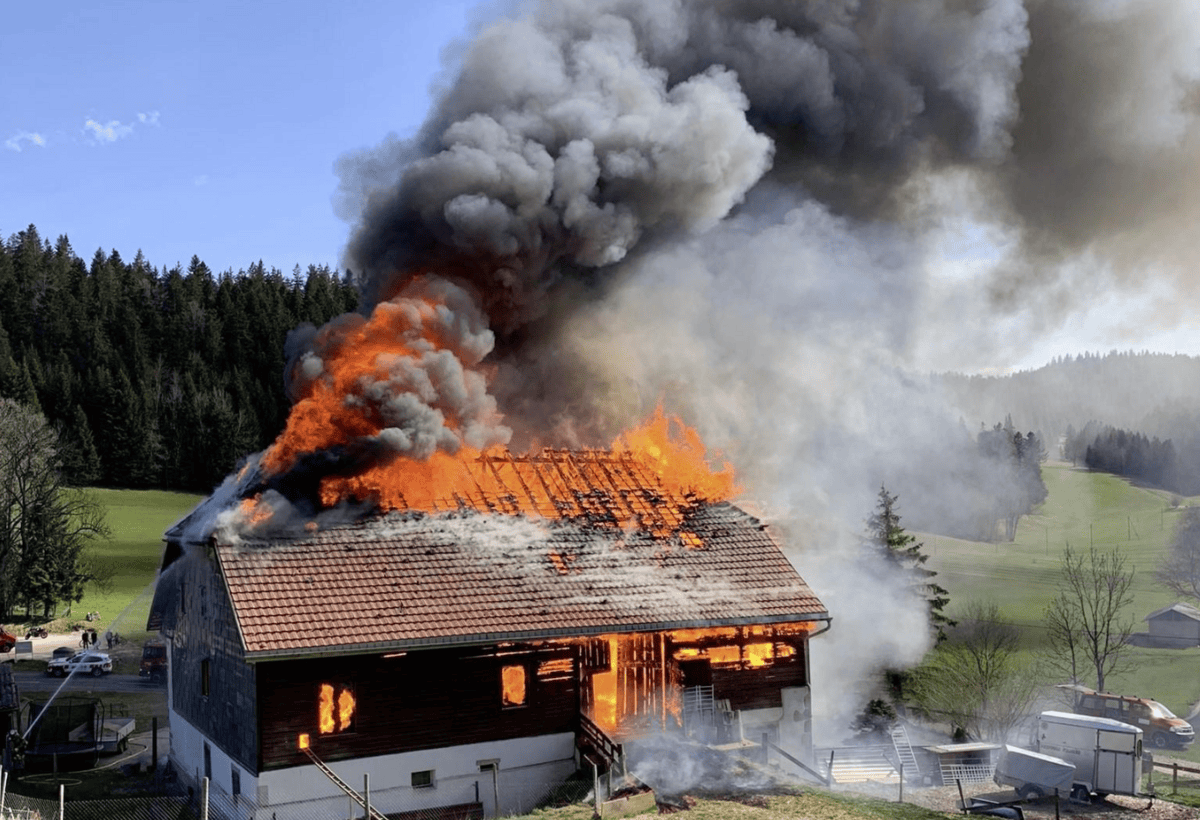Research: Fire detection in harsh industrial environments
Researchers have developed a laser beam-based fire detection system that works in dust and fog, even in the harshest industrial environments. The development passed the acid test in a waste incinerator.

Researchers at the National Danish Meteorological Institute https://dfm.dk/english have developed a new laser-based AI system that detects fires even when dust, fog or other obstacles block direct vision. It can be used to detect fires in storage bunkers at waste incineration plants or on factory floors. According to researcher Mikael Lassen, it will even be possible to detect fires several kilometers away.
Light point pattern evaluated
The researchers chose the wavelength of the laser beam so that it passes through dust and other opacities with ease. "Our system works in environments where previously used detectors fail," Lassen says. In addition to waste incinerators, he says, it can be used in power plants and food- and textile-processing factories. For the first time, it uses the so-called Speckle pattern. This refers to an interference phenomenon that occurs when laser light is scattered. It looks like a speck made up of granular points of light. From the pattern, information can be obtained about the surface on which the laser light has been scattered.
"It's a completely new solution for fire detection and for recording temperature changes," Lassen explains. It is also a cost-effective method, he adds. Most systems in use today have limited functionality in harsh industrial environments, they say. Standard smoke detectors tended to trigger false alarms when irritated by dust. On the other hand, they could not identify tiny particles released in the early stages of a fire. Optical systems, which are already in use today, could be fooled by vibrations. And sensors that measure temperatures would also react to heat not caused by fires, such as sunlight, artificial light, welding and other harmless temperature changes.
Test in a waste incineration plant
The new system works like this: When the laser beam hits an incipient fire, it is scattered differently than usual and reflected. This optical signal is picked up by a sensor mounted next to the laser. The data evaluation is completely automatic. To draw the right conclusion, the researchers used software that they trained to recognize the typical pattern of an incipient fire. The system passed its "acid test" at the Energnist I/S waste incineration plant in Kolding, Denmark.









